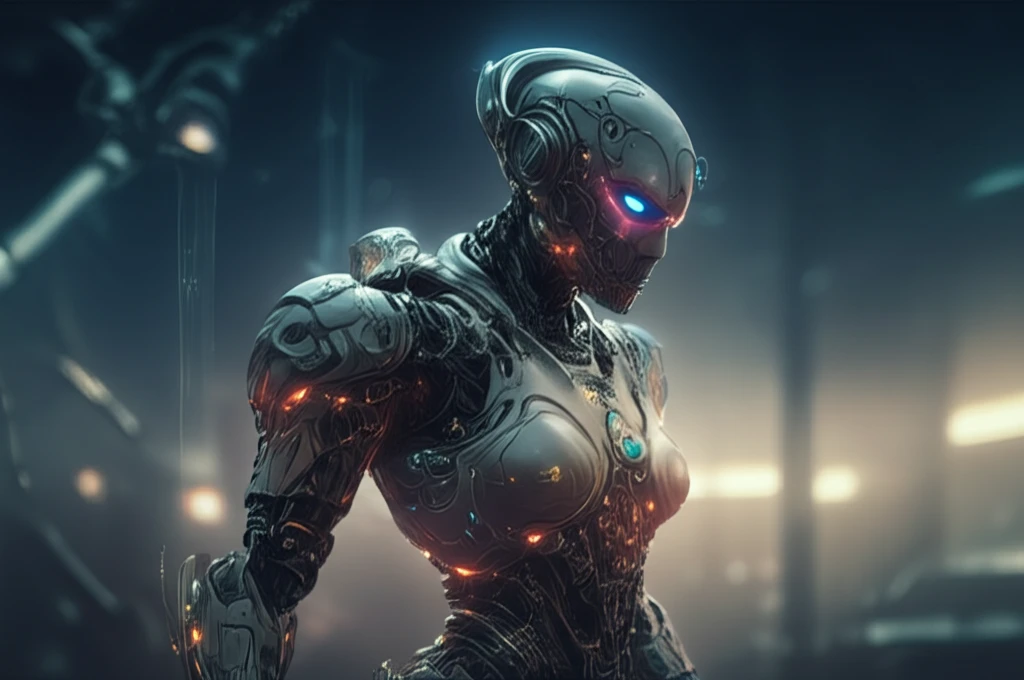
Shape-Shifting Robots: The Future is Flexible and Fueled by Light
"Explore the revolutionary world of light-fueled soft robotics and how liquid crystal elastomers are changing the game."
Imagine robots that can squeeze into tight spaces, morph their bodies to adapt to any environment, and perform delicate tasks with incredible precision. This isn't science fiction; it's the burgeoning field of soft robotics, and it's being fueled by a surprising ingredient: light. Traditional robots, with their rigid bodies and clunky mechanics, are quickly giving way to more adaptable and versatile machines. At the heart of this revolution are liquid crystal elastomers (LCNs), materials that respond to light by changing shape.
Robotics has come a long way since the term 'robot' was first coined in Karel Capek's play in 1920. For decades, engineers focused on refining the mechanics and electronics of conventional robots. However, the demands of tomorrow require robots that can act autonomously, overcome unexpected obstacles, and interact safely with humans. This is where soft robotics steps in, offering a radical departure from traditional designs.
While the capabilities of rigid robots are limited, soft robots utilize flexible materials that allow for a greater range of motion and adaptability. One of the most promising ways to power these soft robots is through photoactuation – using light to trigger movement and shape change. This approach opens up exciting possibilities for miniaturization, remote control, and unprecedented levels of dexterity.
The Magic of Liquid Crystal Elastomers

Liquid crystal elastomers (LCNs) are synthetic polymer networks that combine the properties of liquid crystals and elastomers. This unique combination gives them the ability to respond to external stimuli, such as light, by changing their shape in a controlled manner. The secret lies in the molecular structure of LCNs, which consists of mesogens (liquid crystalline building blocks) aligned within a polymer network. This alignment can be precisely controlled during manufacturing, allowing engineers to pre-program how the material will deform when exposed to light.
- Adaptability: Soft robots can adapt to unpredictable obstacles and environments.
- Dexterity: Flexible joints and links allow for complex and precise movements.
- Miniaturization: Light-powered actuation enables the creation of very small robots.
- Remote Control: Light provides a clean and tunable energy source for remote operation.
The Future is Bright (and Flexible)
The field of light-fueled LCN robotics is still in its early stages, but the potential applications are vast. From medical devices that can navigate the human body to environmental sensors that can adapt to changing conditions, these shape-shifting robots promise to revolutionize various industries. As researchers continue to refine the materials, fabrication techniques, and control mechanisms, we can expect to see even more innovative and sophisticated light-fueled robots emerge in the years to come. These robots will not only mimic the movements of natural systems but will also possess their own unique forms of intelligence, enabling them to solve complex problems and interact seamlessly with the world around them.
